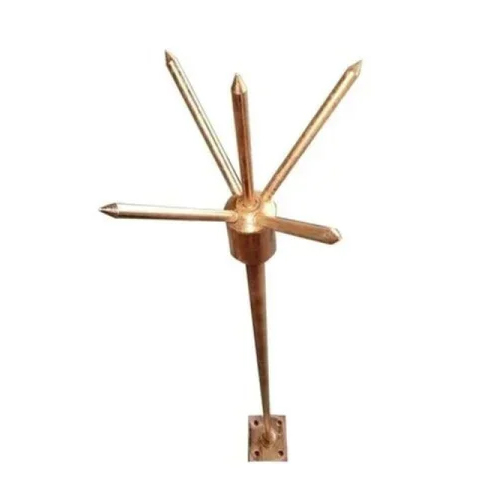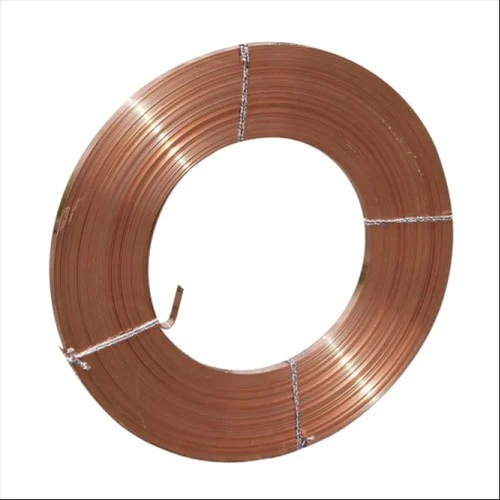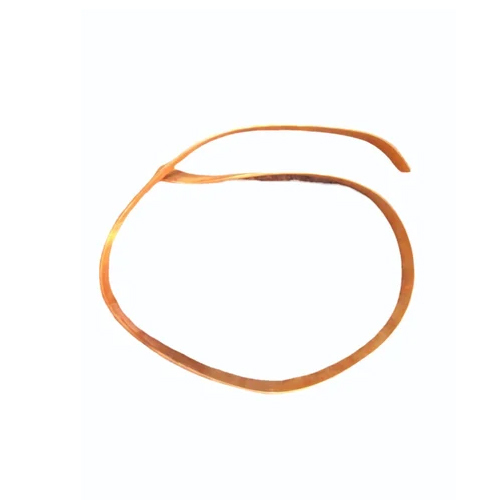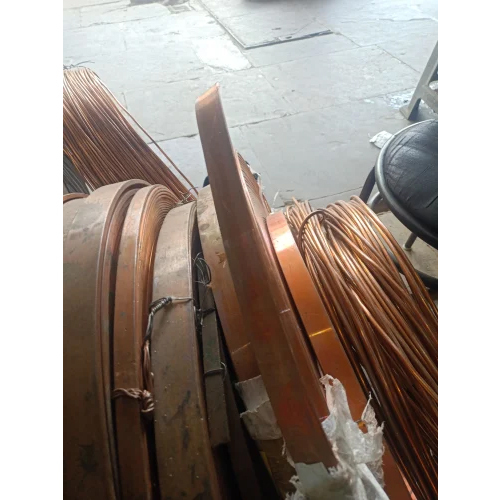GI Earth Electrode
GI Earth Electrode Specification
- Surface Finish
- Polished
- Usage & Applications
- Earth Electrode
- Material
- GI
- Application
- Earth Electrode
- Color
- Yellow
- Size
- Standerd
GI Earth Electrode Trade Information
- Minimum Order Quantity
- 100 Pieces
- Payment Terms
- Cash Against Delivery (CAD)
- Main Export Market(s)
- Asia, Africa
- Main Domestic Market
- All India
About GI Earth Electrode
GI Earth Electrode ï Reliable Grounding for Electrical Safety and Performance
The GI (Galvanized Iron) Earth Electrode is a crucial component in grounding systems, widely used in residential, commercial, and industrial electrical installations. It is designed to safely dissipate fault currents and electrical surges into the earth, thereby protecting equipment, structures, and human life from the hazards of electrical shock, fire, and system malfunctions. Manufactured using high-quality galvanized iron, the GI Earth Electrode offers excellent performance, long service life, and compliance with relevant industry standards.
Constructed from mild steel rods or pipes that are hot-dip galvanized, the GI Earth Electrode is coated with a thick layer of zinc to prevent corrosion. This zinc coating provides a protective barrier against environmental elements such as moisture, chemicals, and soil acidity, ensuring the electrode maintains its conductivity and structural integrity over extended periods. The hot-dip galvanization process typically complies with IS: 2629 or IS: 4759 standards, providing uniform coating and strong adhesion.
The GI Earth Electrode is available in various sizes and configurations, depending on the application requirements. Common dimensions include lengths of 1.5 meters to 3 meters and diameters ranging from 40mm to 80mm, with wall thicknesses adjusted for structural strength and current-carrying capacity. Hollow pipe-type electrodes are commonly used, as they allow for better dissipation of current and easier integration with earthing systems.
One of the key benefits of using a GI Earth Electrode is its excellent electrical conductivity, which facilitates the efficient transfer of fault current into the ground. This reduces the risk of electrical overloads and ensures stable operation of sensitive electrical and electronic equipment. The electrode is typically installed vertically in a borehole or pit filled with a conductive backfill compound such as bentonite or a mixture of salt and charcoal, which further enhances the electrodeïs effectiveness by reducing the soil resistivity around it.
Installation of the GI Earth Electrode is relatively straightforward. It can be driven into the ground manually or with the help of mechanical equipment, depending on soil conditions. Once installed, it is connected to the earthing system using copper or GI strip/wire, clamps, and terminals that ensure a strong and corrosion-resistant connection. The top end of the electrode may be fitted with a clamp or inspection housing to facilitate easy testing and maintenance.
Durability and low maintenance are hallmarks of the GI Earth Electrode. Its robust construction and anti-corrosive coating make it suitable for use in diverse environmental conditions, including coastal areas, industrial zones, and agricultural fields. Regular inspection and testing can ensure continued performance over many years, making it a cost-effective solution for grounding applications.
In summary, the GI Earth Electrode is a dependable and essential element of any electrical grounding system. It offers high conductivity, resistance to corrosion, and a strong physical structure, ensuring effective dissipation of fault currents and voltage surges. Whether for a small home installation or a large-scale industrial facility, the GI Earth Electrode plays a vital role in maintaining electrical safety and system stability.


Price:
- 50
- 100
- 200
- 250
- 500
- 1000+
More Products in Electrical Earthing Material Category
Copper Lighting Arrester
Price 700 INR / Piece
Minimum Order Quantity : 1 Piece
Warranty : 1 Year
Material : Copper
Application : Earthing
Copper Bonded Strip Round Coil 25 X 3mm
Price 170 INR / Kilograms
Minimum Order Quantity : 10 Kilograms
Warranty : 1 Year
Material : Copper
Feature : High Quality
Copper Earthing Strip
Minimum Order Quantity : 1 Piece
Warranty : 1 Year
Material : Copper
Feature : High Quality
Application : Earthing
Copper Strips 20x3mm
Price 800 INR / Kilograms
Minimum Order Quantity : 1 Kilograms
Warranty : 1 Year
Material : Copper
Feature : High Quality
Application : Earthing





 English
English Spanish
Spanish French
French German
German Italian
Italian Chinese (Simplified)
Chinese (Simplified) Japanese
Japanese Korean
Korean Arabic
Arabic Portuguese
Portuguese